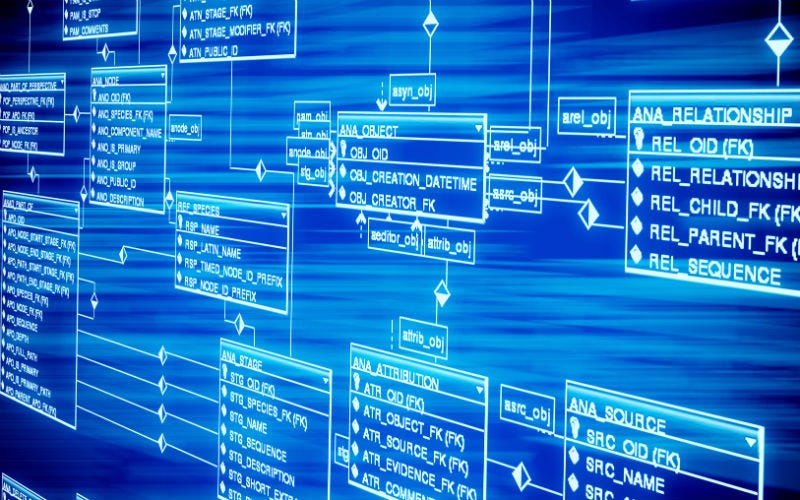Database

A database is an organized collection of data, stored and accessed electronically. Database designers typically organize the data to model aspects of reality in a way that supports processes requiring information, such as (for example) modelling the availability of rooms in hotels in a way that supports finding a hotel with vacancies.
A database-management system (DBMS) is a computer-software application that interacts with end-users, other applications, and the database itself to capture and analyze data. (Sometimes a DBMS is loosely referred to as a "database".) A general-purpose DBMS allows the definition, creation, querying, update, and administration of databases. A database is generally stored in a DBMS-specific format which is not portable, but different DBMSs can share data by using standards such as SQL and ODBC or JDBC.
Computer scientists may classify database-management systems according to the database models that they support. Relational databases became dominant in the 1980s. These model data as rows and columns in a series of tables, and the vast majority use SQL for writing and querying data. In the 2000s, non-relational databases became popular, referred to as NoSQL because they use different query languages.
Terminology and overview
Formally, a "database" refers to a set of related data and the way it is organized. Access to this data is usually provided by a "database management system" (DBMS) consisting of an integrated set of computer software that allows users to interact with one or more databases and provides access to all of the data contained in the database (although restrictions may exist that limit access to particular data). The DBMS provides various functions that allow entry, storage and retrieval of large quantities of information and provides ways to manage how that information is organized.Because of the close relationship between them, the term "database" is often used casually to refer to both a database and the DBMS used to manipulate it.
Outside the world of professional information technology, the term database is often used to refer to any collection of related data (such as a spreadsheet or a card index). This article is concerned only with databases where the size and usage requirements necessitate use of a database management system.
Existing DBMSs provide various functions that allow management of a database and its data which can be classified into four main functional groups:
- Data definition – Creation, modification and removal of definitions that define the organization of the data.
- Update – Insertion, modification, and deletion of the actual data.[2]
- Retrieval – Providing information in a form directly usable or for further processing by other applications. The retrieved data may be made available in a form basically the same as it is stored in the database or in a new form obtained by altering or combining existing data from the database.[3]
- Administration – Registering and monitoring users, enforcing data security, monitoring performance, maintaining data integrity, dealing with concurrency control, and recovering information that has been corrupted by some event such as an unexpected system failure.
Physically, database servers are dedicated computers that hold the actual databases and run only the DBMS and related software. Database servers are usually multiprocessor computers, with generous memory and RAID disk arrays used for stable storage. RAID is used for recovery of data if any of the disks fail. Hardware database accelerators, connected to one or more servers via a high-speed channel, are also used in large volume transaction processing environments. DBMSs are found at the heart of most database applications. DBMSs may be built around a custom multitasking kernel with built-in networking support, but modern DBMSs typically rely on a standard operating system to provide these functions.
Since DBMSs comprise a significant market, computer and storage vendors often take into account DBMS requirements in their own development plans.
Databases and DBMSs can be categorized according to the database model(s) that they support (such as relational or XML), the type(s) of computer they run on (from a server cluster to a mobile phone), the query language(s) used to access the database (such as SQL or XQuery), and their internal engineering, which affects performance, scalability, resilience, and security.
Sumber:
https://en.wikipedia.org/wiki/Database

Komentar
Posting Komentar